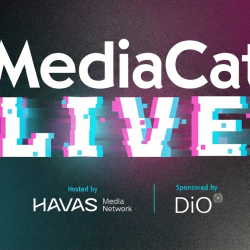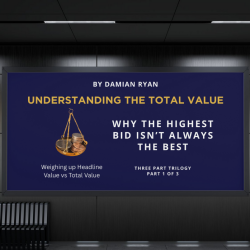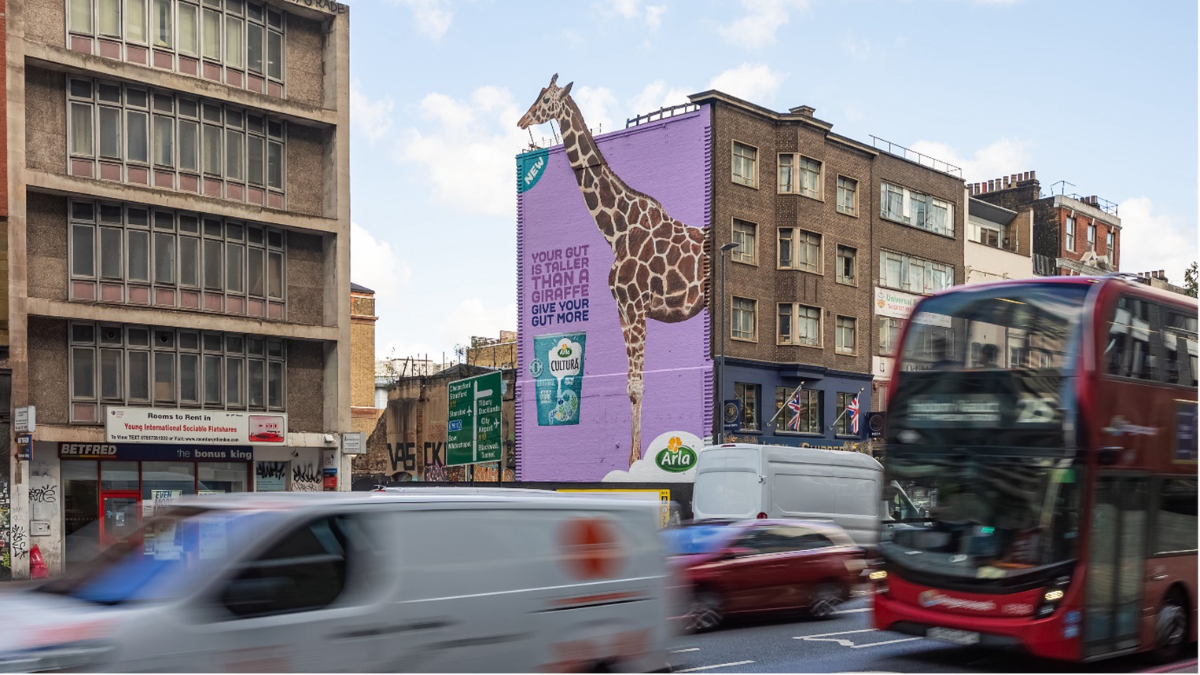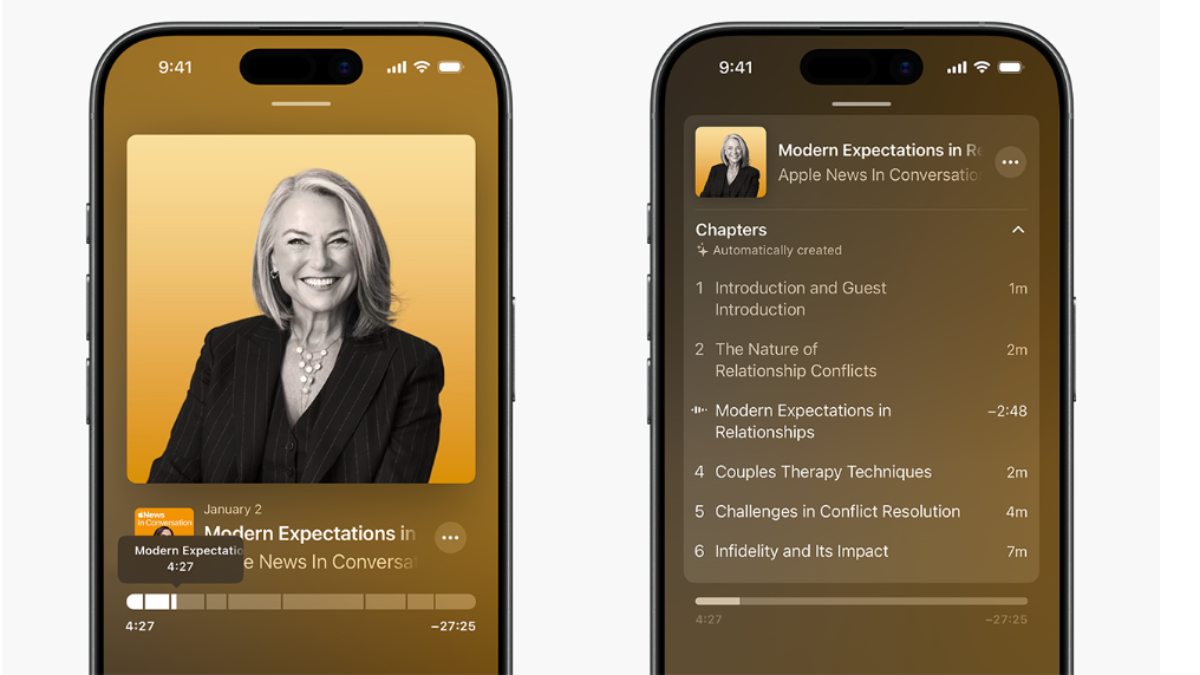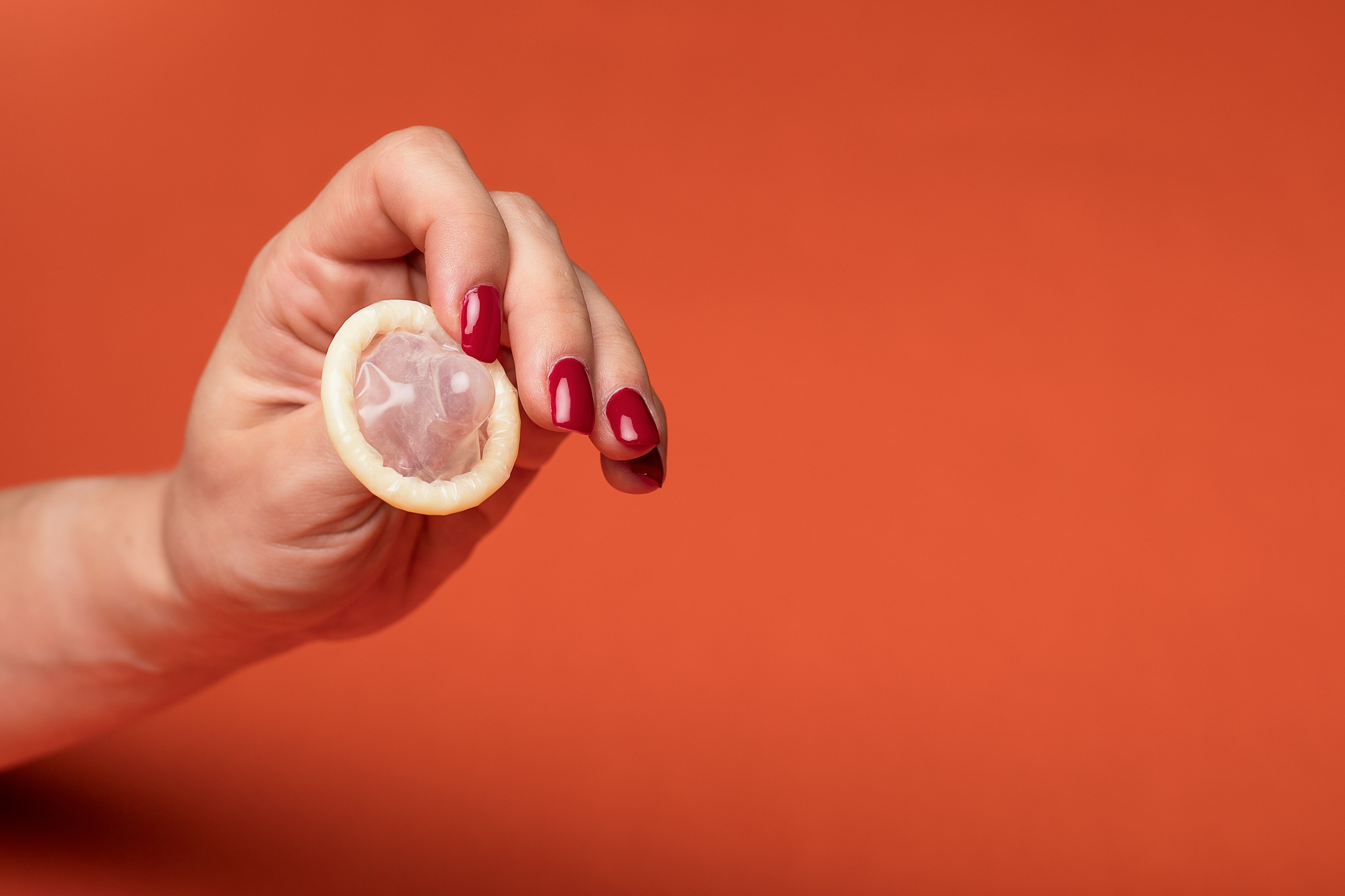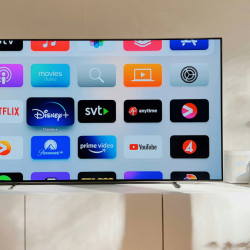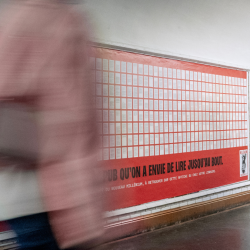Marketing expert Mark Ritson had a grand old time arguing the case for TV at Thinkbox’s Vision 2025 event last week.
Channelling Steve Jobs at the iPhone launch, Ritson presented TV advertising as a new invention that was going to blow legacy channels, like search and social media, out of the water with its ability to hold attention and elicit emotion.
It was a persuasive and entertaining reframing — even if it took a few repetitions of pronouncing Cupertino as Cuppa-tea-no to get a laugh — but Ritson stuck to the classics. What about some fresh arguments for the merits of TV advertising?
A new research paper that replicated a thirty-year-old shopping experiment might hold the kernel of one.
Evan Polman, a professor of marketing at University of Wisconsin-Madison, asked people how happy they were, and then gave them $10 to spend on whatever they liked over the course of a week.
Afterwards, Polman asked participants what they’d bought, and crunched the numbers. The data showed that happier people were less thrifty — with a 0.2 increase in spending for every extra point in self-described happiness.
Polman based his experiment on a study from 1996, in which the experimenters asked shoppers about their mood and what they’d bought, and noted the same correlation between happiness and spending. He wanted to replicate the old paper because subsequent research had produced seemingly contradictory results. In one study from 2008, for example, people who were made to feel sad said they’d pay more for a water bottle.
Polman had a hunch about the root of this discrepancy, and he introduced an extra step into his experiment to test it — categorising what people bought. The data revealed that people tend to spend more on luxuries when they’re happy and more on necessities when they’re sad (while still spending more overall when happier), which could go some way to explaining why some of the previous studies seem to disagree with each other.
Polman’s paper has its limitations. It only measures correlation, not causation, for a start. But it is grounds to challenge the popular theory that people splurge to cheer themselves up, and it raises other interesting questions, too. For example: if people spend more when they’re happy, are they also more open to advertising when they’re upbeat?
I showed Polman the IPA’s latest TouchPoints survey — which found that Brits were 52% more likely to feel relaxed when watching TV compared with watching videos on a phone, and also 55% more likely to feel sad when watching something on a mobile — and asked if this could impact advertising effectiveness.
‘All else being equal,’ replied Polman, ‘the downstream effects of happiness on shopping could differ by platform/device. Since happiness tends to be higher with TV, we might indeed expect more spending to result from seeing an ad on TV versus on a mobile device.’
Of course, this is just informed speculation at this point, but it’s a line of inquiry worth pursuing, for those with an interest in the success of TV advertising, as well as those with an interest in selling.




